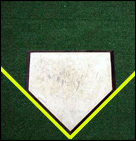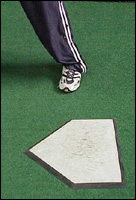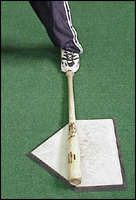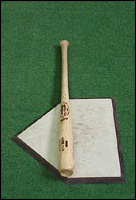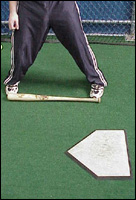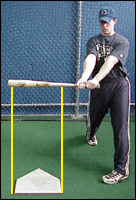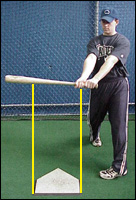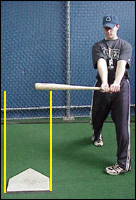News and Announcements
E-Minutes / General Meeting Minutes Of January 21, 2003
E-Minutes / Board Meeting Minutes Of September 6, 2005
September 6, 2005 RGMVM Little League Board Meeting 7PM
Board officers in attendance:
Pat Piteo
Richie Adams
Al Erdmann
Joe Kobetitsch
Cora Modica
Mike Rizzo
Walter P. Picht
Ed Donahue
Pat Shanley
Mark Ferran
Walter P. Picht waived the reading of the minutes seconded by Al Erdmann.
Saturday Sept. 10th 2005 from 9AM till 2PM is registration for the upcoming season. Board Officers and Team Managers are encouraged to volunteer for signup.
The League suffered some very costly vandalism to one of our brand new batting cages, that had been built on the previous Stop-n- Shop property. The pipes that hold the cage together were bent and broken beyond repair. The second batting cage will not be assembled till next season.
Due to the impending field repairs there will be no Fall Baseball or Softball season this year. “George” the original builder of the RGMVM Fields will be there on Sat. to inspect the fields and give the League a price quote for reconstructing the fields, along with the sprinkler system. After the League receives the quote, the Board needs to meet again and vote on cost ann scope of the work.
The Edward Moser Memorial Fund and the Tomorrow’s Children’s Fund is holding a Dinner at St. Margaret’s on October 1st. The tickets are $50.00/ person. Cora is ordering an RGMVM table any Board Officer wishing to attend, should contact Cora ASAP. Joe Moser will be in attendance.
“Danny” from Sarabella Restaurant wrote the League a letter stating that the Restaurant was pulling its sponsorship if their name was not printed on the front of the uniform shirt. The letter also stated that Forest Hills Little League printed the sponsors name on the front of the uniform. Danny went on in the letter that the sponsorship money usually given to RGMVM would be split between Forest Hills and Ozone Howard Little Leagues. Pat was sending a letter in response stating the League had no intention of changing the way our uniforms look.
The Sacred Heart Fire Relief Fund sent the League a thank you acknowledging the donation that was sent from the League. Cora stated she would no longer be running the kitchen in 2006. The Board Officers need to find a replacement for her or have a plan in place for next season. The Ladies Auxiliary cannot be expected to pick up the slack. There is supposed to be a Board Officer to close the kitchen at all times. The Board will discuss options at another meeting for next year.
Little League has changed the age requirements from August 1st to May 1st. That means some players will remain in the division they played in last year.. More info is posted on the when site.
The cutoff date for Softball is Jan 1st.
The meeting was adjourned at 8:15 PM.
